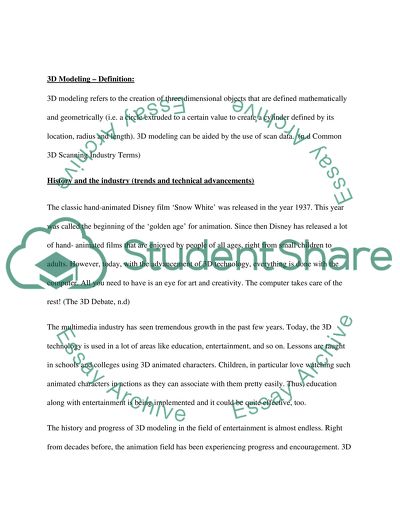Cite this document
(3D Animation and Techniques: Education and Entertainment Research Paper, n.d.)
3D Animation and Techniques: Education and Entertainment Research Paper. Retrieved from https://studentshare.org/technology/1552557-3d-character-modeling
3D Animation and Techniques: Education and Entertainment Research Paper. Retrieved from https://studentshare.org/technology/1552557-3d-character-modeling
(3D Animation and Techniques: Education and Entertainment Research Paper)
3D Animation and Techniques: Education and Entertainment Research Paper. https://studentshare.org/technology/1552557-3d-character-modeling.
3D Animation and Techniques: Education and Entertainment Research Paper. https://studentshare.org/technology/1552557-3d-character-modeling.
“3D Animation and Techniques: Education and Entertainment Research Paper”, n.d. https://studentshare.org/technology/1552557-3d-character-modeling.


